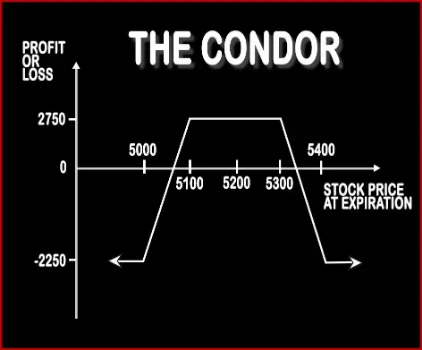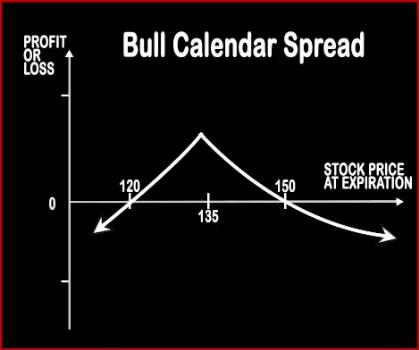Compare Strategies
| LONG CALL CONDOR SPREAD | BULL CALENDER SPREAD | |
|---|---|---|

|

|
|
| About Strategy |
Long Call Condor Spread Option StrategyThis strategy is implemented when a trader is bearish on the volatility and expects the market to move sideways. Using Call Options of the same expiry date, he will buy one Deep ITM Call Option, sell 1 ITM Call Option, sell 1 OTM Call Option, buy 1 Deep OTM Call Option. The risk and reward both are limited due to offsetting of long and short positions. For t |
Bull Calendar Spread Option StrategyThis strategy is implemented when a trader is bullish on the underlying stock/index in the short term say 2 months or so. A trader will write one Near Month OTM Call Option and buy one next Month OTM Call Option, thereby reducing the cost of purchase, with the same strike price of the same underlying asset. This strategy is used when a trader wants to make prof .. |
LONG CALL CONDOR SPREAD Vs BULL CALENDER SPREAD - Details
| LONG CALL CONDOR SPREAD | BULL CALENDER SPREAD | |
|---|---|---|
| Market View | Neutral | Bullish |
| Type (CE/PE) | CE (Call Option) | CE (Call Option) + PE (Put Option) |
| Number Of Positions | 4 | 2 |
| Strategy Level | Advance | Beginners |
| Reward Profile | Limited | Unlimited |
| Risk Profile | Limited | Limited |
| Breakeven Point | Lower Breakeven = Lower Strike Price + Net Premium Upper breakeven = Higher Strike Price - Net Premium | Stock Price when long call value is equal to net debit. |
LONG CALL CONDOR SPREAD Vs BULL CALENDER SPREAD - When & How to use ?
| LONG CALL CONDOR SPREAD | BULL CALENDER SPREAD | |
|---|---|---|
| Market View | Neutral | Bullish |
| When to use? | This strategy works well when you expect the price of the underlying asset to be range bound in the coming days. | This strategy is used when a trader wants to make profit from a steady increase in the stock price over a short period of time. |
| Action | Buy Deep ITM Call Option, Buy Deep OTM Call Option, Sell ITM Call Option, Sell OTM Call Option | Sell 1 Near-Term OTM Call, Buy 1 Long-Term OTM Call |
| Breakeven Point | Lower Breakeven = Lower Strike Price + Net Premium Upper breakeven = Higher Strike Price - Net Premium | Stock Price when long call value is equal to net debit. |
LONG CALL CONDOR SPREAD Vs BULL CALENDER SPREAD - Risk & Reward
| LONG CALL CONDOR SPREAD | BULL CALENDER SPREAD | |
|---|---|---|
| Maximum Profit Scenario | Strike Price of Lower Strike Short Call - Strike Price of Lower Strike Long Call - Net Premium Paid | You have unlimited profit potential to the upside. |
| Maximum Loss Scenario | Net Premium Paid | Max Loss = Premium Paid + Commissions Paid |
| Risk | Limited | Limited |
| Reward | Limited | Unlimited |
LONG CALL CONDOR SPREAD Vs BULL CALENDER SPREAD - Strategy Pros & Cons
| LONG CALL CONDOR SPREAD | BULL CALENDER SPREAD | |
|---|---|---|
| Similar Strategies | Long Put Butterfly, Short Call Condor, Short Strangle | The Collar, Bull Put Spread |
| Disadvantage | • Amount of profit is comparatively low. • As this strategy has 4 legs so the brokerage cost is higher that will affect your profit. | • Limited profit even if underlying asset rallies. • If the short call options are assigned when the underlying asset rallies then losses can be sustained. |
| Advantages | • Capable to generate profit even if there is low volatility in the market. • This strategy is associated with limited risk and limited profit. • Wider profit zone. | • Limited losses to the net debit. • Enable trader to book profit even if underlying asset stays stagnant. • If the market trends reverse, cashing in from stock price movement at limited risk. |